|
That increased rate comes in part from replacing the steam generated
catapult systems like those on the USS Abraham Lincoln shown here, with
an electromagnetic system thatís more efficient and gentler on the
multi-million dollar jets.
Even with the extra fuel and weapons needed to keep that pace, the Ford
is equipped to remain at sea without replenishment for months at a time.
|
|
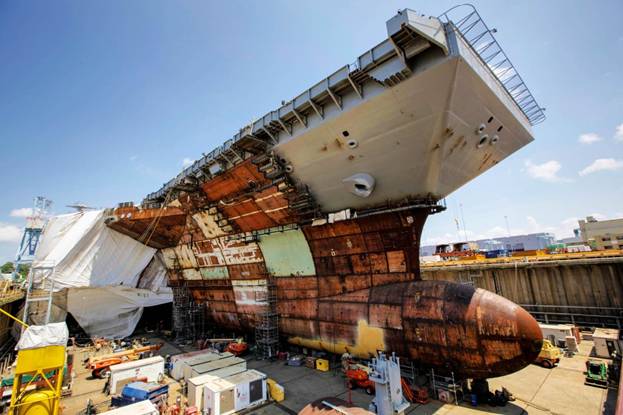 |
|
Before the Ford-class carriers, Newport News
Shipbuilding needed to construct mock-ups of many ship sections to see
how it would integrate in construction.
|
|
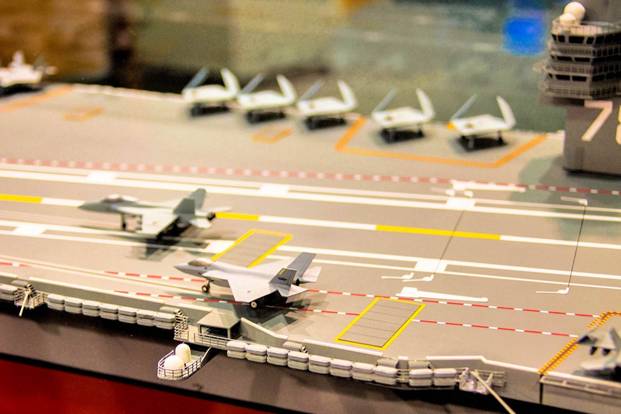 |
|
Now they use 3D design technology.
|
|
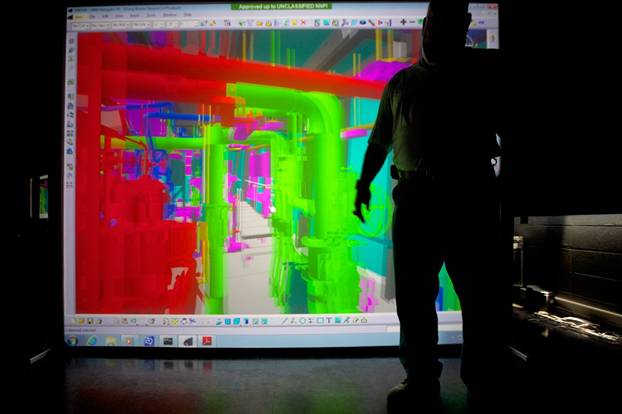 |
|
With a pair of these 3D glasses designers are able to
see exactly how everything fits together in a virtual environment.
|
|
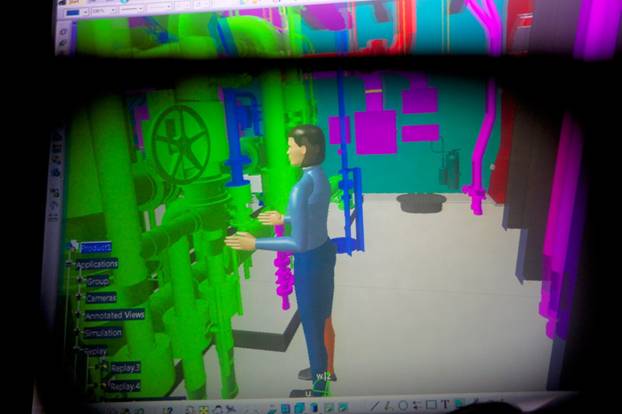 |
|
The 3D system also allows engineers to assemble the
ship in modules. These modules can be exchanged and modified over the
carrierís lifetime.
|
|
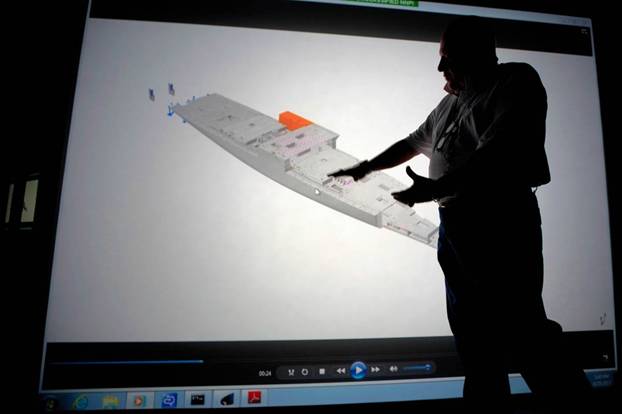 |
Inside a module like S/L3609, the electronic workstation could be
removed and relocated along with the interior walls and floors. These
were all permanent fixtures on previous carriers.
For the first time the Navy will have no urinals on this carrier. Gender
neutral toilets mean berthing can be swapped between male and female
without concern and one unit means fewer spare parts and repair.
The Navy is requesting larger pipes for the Ford to prevent blockage and
unpleasant smells, which are common issues on carriers.
|
|
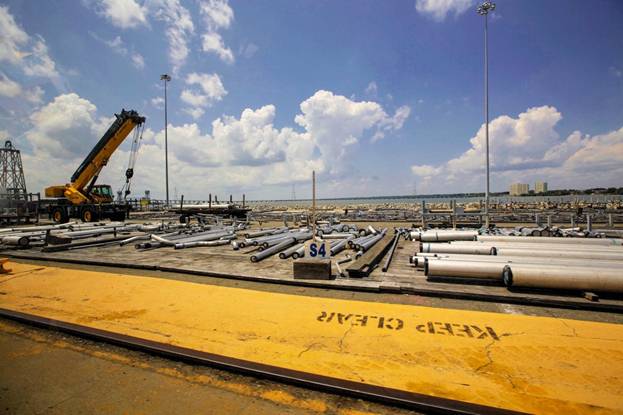 |
|
A carrierís effectiveness isnít judged by its
plumbing, but by its ability to deliver lethal military force from these
4.5 acres of sovereign U.S. territory.
|
|
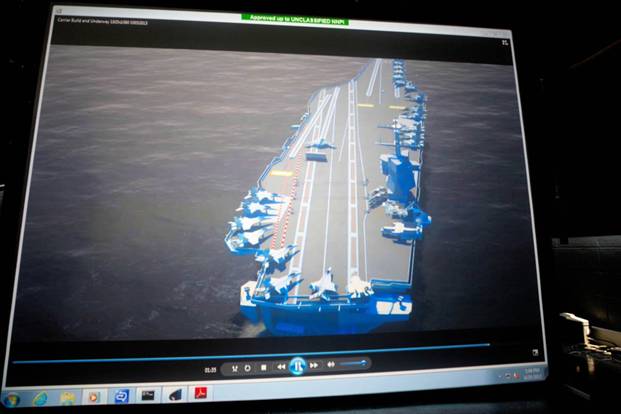 |
|
That lethality comes in many forms, like the weapons
aboard the new F-35 Joint Strike Fighter.
|
|
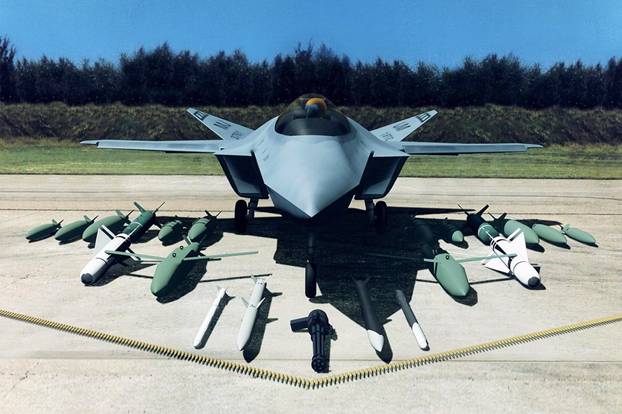 |
|
The Sea Sparrow Missile also factors into lethality
with its ability to fly four times the speed of sound, turn on a dime,
and intercept anti-ship missiles more than 30 miles out.
|
|
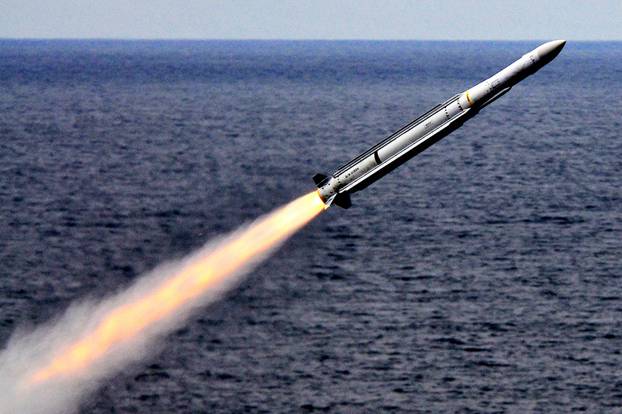 |
|
1
2
3
4
5 |